Trendy systems and configurations
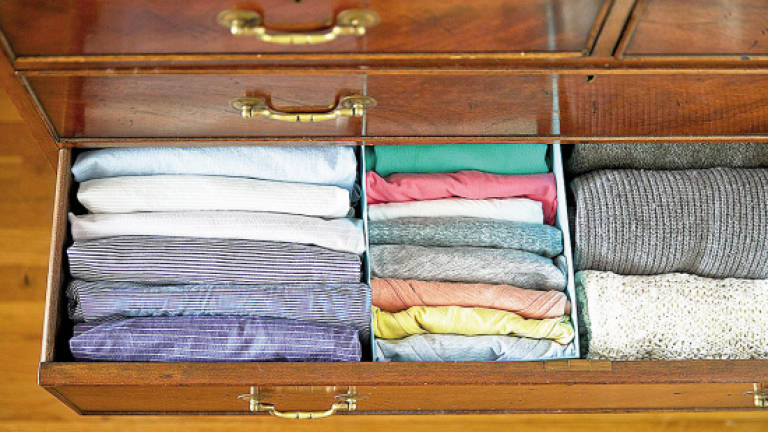
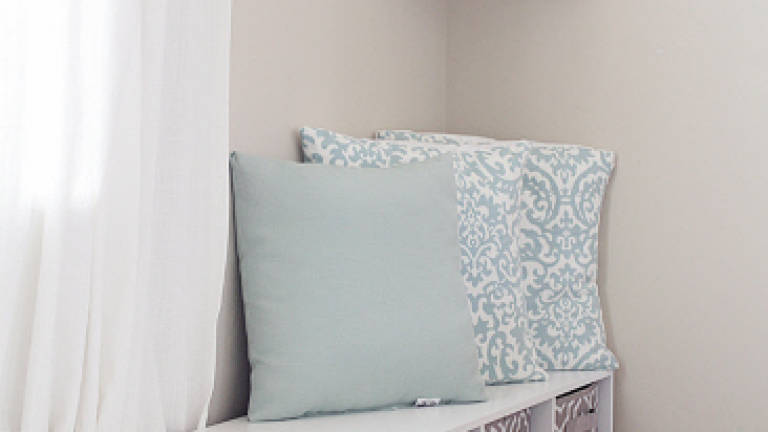
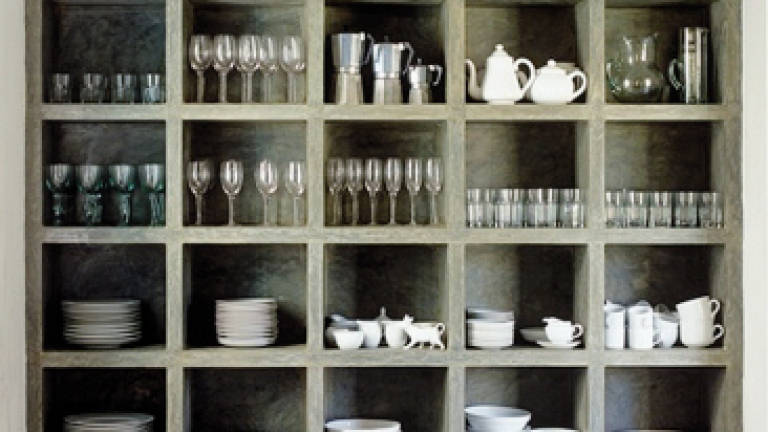
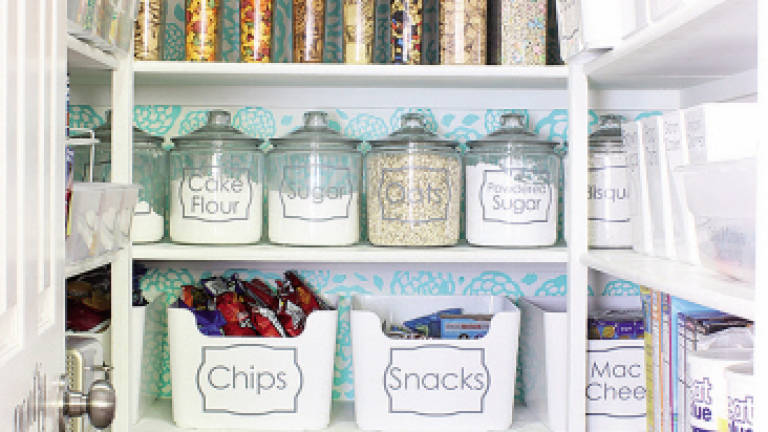
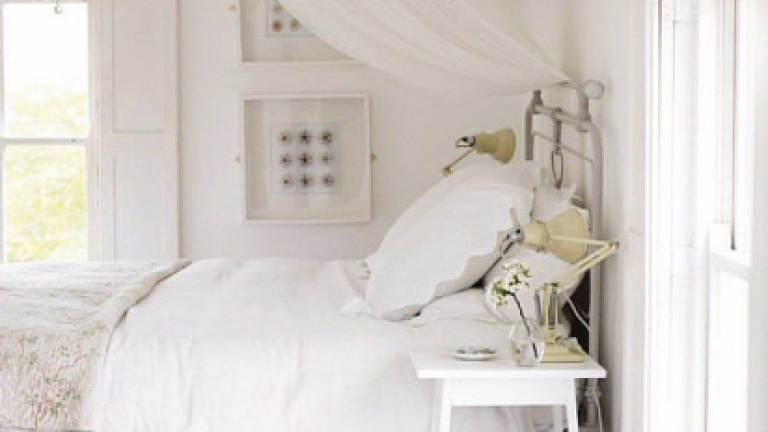
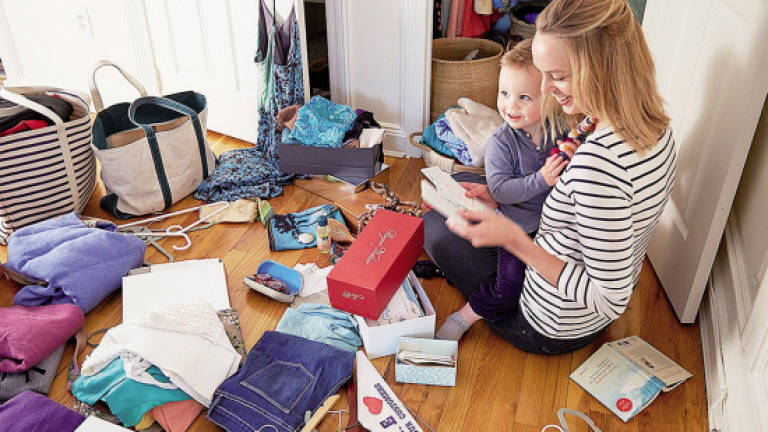
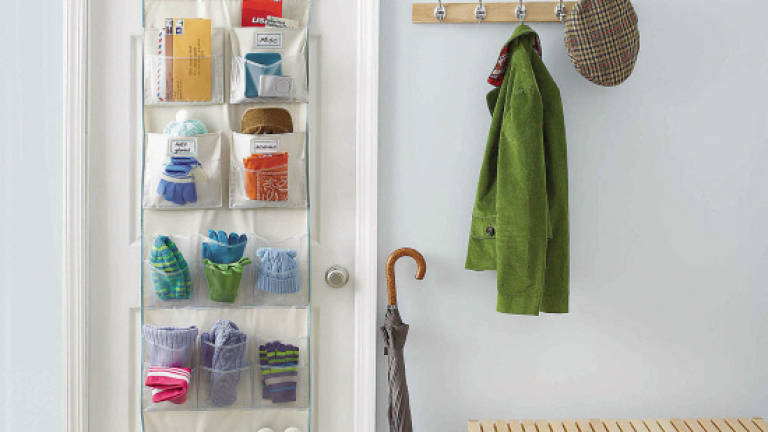
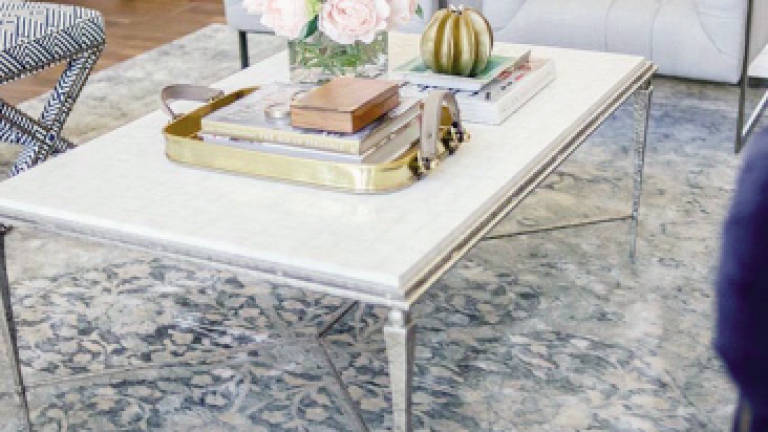
THE complexities of house purchase has been done finally, and now it is time to get the interiors of this place to call home decorated. While scouring glossy magazine spreads and endless Pinterest pins and internet posts for the next chic design that will keep you one up on the Joneses (or at least at par), don’t forget that reality is far different from a perfectly arranged photo, especially in the case of comfort.
Whether decorating your new home for the first time or looking to de-clutter and bring some order to the chaos, here are some tips and ideas for a fresh new and organised look for home.
ORGANISATION MATTERS
There are many reasons why including proper home organisation into one’s ID blueprint is important. For starters, good organisation planning ensures the home looks polished time and time again. Every item does and should have its own place in the home and when kept in its place, gives a particular room or space a streamlined appearance, like what you see in home design magazines.
For 2017, make it your personal aspiration to find each item its own space in your home – not in the “out of sight, out of mind” (under the table cloth or behind the curtain kind of way) – instead, a specific place that will enhance or beautify an area. If you find yourself struggling to do so, it might mean that it is time to de-clutter, give away or discard the odds and ends.
BYE-BYE CLUTTER
Many people make the mistake of purchasing storage containers before they have de-cluttered and reorganised their interiors to even know what will be going into those “plastic boxes”. Says Neat Method lifestyle organiser Marissa Hagmeyer: “We can’t stress enough that you should wait to buy anything until you have done the organising and measured your space to figure out exactly what you need before you ever step foot in a store. Professional organiser and designer Jeffrey Phillip adds in: “It can also lead to keeping things we do not need since it feels good to contain things and say or think, like ‘Ah, I have a bin for that!’”
One of the most popular de-cluttering trends at the moment is the KonMari method. Readers around the world have been inspired by Japanese organising consultant and author Marie Kondo’s book The Life-Changing Magic of Tidying Up and can attest to the effectiveness of Kondo’s methods. The philosophy is simple – get rid of what does not “spark joy” in you.
Kondo’s advice: Tackle clutter by category rather than room. The reason, being that categories of items can be in different rooms.
When you gather all items in a category into one spot, it will be easier to de-clutter. Clothing, according to Kondo, should be the first category, because it has less emotional attachment to a person (or so they say).
This may seem odd to some, but Kondo talks about considering the “feelings” for your items. For clothes, she asks one to think how would a t-shirt feel huddled up in a corner? How would socks feel to be balled up and thrown into a corner? “Sort through the pieces that you definitely do not associate any form of joy with and chuck it out. Then move on to the next category.” Kondo has even created her own special technique of folding clothes that doesn’t just save you a ton of space, but also gives drawers a neat and streamlined look.
STORAGE SOLUTIONS
Once the de-cluttering is done, the organisation and configuration planning follows.
Baskets are your best (storage) friend. Even interior designers and home organisers swear by it. Baskets come in varying shapes, designs and materials, which make it easy to blend into the landscape of home.
First mark down which parts of home you will need baskets for – think the lowest level of the shelves, on top of cupboards, under the bed – and be sure to take down measurements for these areas. Interior designer Judith Balis is a fan of baskets. She says, “Baskets not only hide a multitude of sins, but they are also a great way to add texture to a room.”
When decorating with baskets, Balis likes to maintain consistency by using the same material for all baskets. She does this to avoid visual clutter, but adds that the baskets can be of varying shapes and sizes.
Use open shelving to hold yourself accountable for every item in the house. With no dark corners to hide the clutter, you will be more likely to reduce impulse spending and be disciplined in keeping your things organised.
Open shelving also makes it easier to put things away, as Impact Organizing LLC owner and certified professional organiser Kate Brown points out. “Make everything a one-handed operation and avoid lids at almost all costs. The fewer steps, the better the organising system,” says Brown.
To avoid visual clutter, especially in places like the pantry or kitchen, invest in clear containers of varying shapes and sizes for refillable foods like cereal, pasta or rice. Arrange and display your items as if they are pieces of art.
Don’t be afraid to use the back of doors for vertical storage either. A simple plastic shoe organiser can be used to hold other belongings like spices in the kitchen, toiletries in the bathroom or even small toys in the children’s room.
STAYING IN LANE
No doubt it isn’t easy getting organised the first time round, but maintain that state as it takes some discipline and picking up of good habits for any positive change.
Put limits by keeping track on how many of certain items you can own at a time. For example, if you are a collector of coloured pens, know the limit as to how many you own and how many you can own – depending on the “storage” capacity and space you have.
A huge tip (as this bad habit is found in many a home) is to place decorative items in places where it is easy to dump clutter such as coffee tables, bedside tables or kitchen countertops. Professional organiser Maeve Richmond suggests, “Place a plant, a figurine or a framed photo on your side tables, or even add a table runner or centrepiece to a dining room table.” With something that looks nice and in its place already there, there really is no place for “bits and pieces” or a mishmash of what-nots.
If all else fails, do not be afraid to seek professional help. At time external intervention is required before a situation takes a deep dive into being the next home on Hoarders!